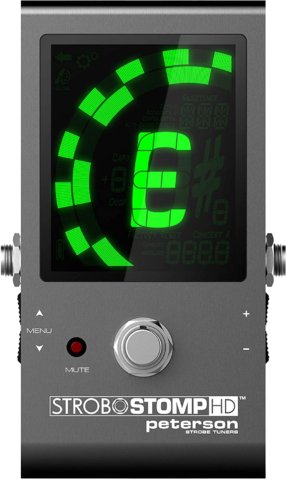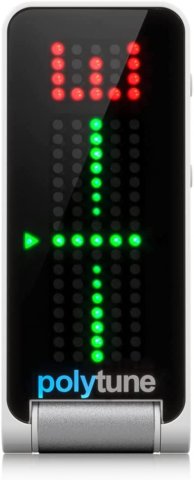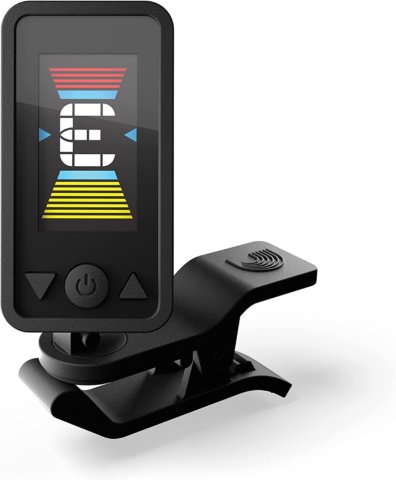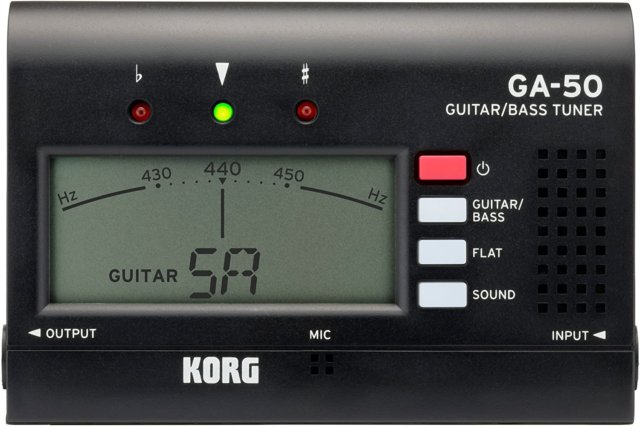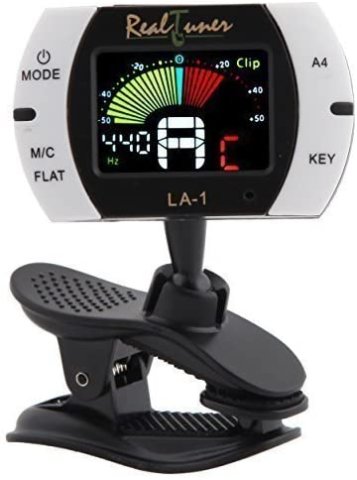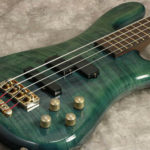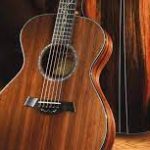Guitar Tuners
Starting in the late 70’s/early 80’s, digital technology made it possible to measure pitch with a microprocessor and display the readings on an LED/LCD screen.
In 1936, the first successful instrument tuner known as the Stroboconn, was released.
Using a technology now known as “strobe tuning” this machine offered incredibly accurate pitch measurement. While the original Stroboconns are now mainly collector’s items, the same basic technology is still used in the most accurate strobe tuners today.
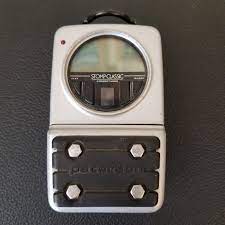
Even for a beginner, it is important, to clearly hear notes properly, in order to learn to play. The most skilled guitarist will sound awful, if they are playing a guitar, that is out of tune. Imagine your favorite songs being played on an out of tune guitar. It would drastically change the outcome of a great song, into something, that you woudn’t want to hear. Great tones begin with a properly tunes instrument..
For electric guitars, there was a standard 1/4″ jack connection. For acoustic guitars, there was a built-in microphone, which made it possible to tune other instruments as well.
There are tons of options for handheld tuners, which vary in price range. Some have premium features such as: chromatic tuning, instrument presets, and tempered tuning.
You should place your tuner first in your pedal chain.
This is where your signal is the strongest. Having a strong signal will allow your tuner, to calculate the most accurate tuning. When other pedals are placed before the tuner, it will create impedance and weaken the signal. The result would affect the accuracy, of the tuner’s reading, and it’s tuning.
If you are using a foot stompbox, switcher or volume pedal, it may come with a tuner out feature. It just lets you connect your tuner, outside of the signal chain. In this case, you can place your tuner anywhere you want. It just keeps the tuner from loading down your signal, and you wont need a true bypass.
Chromatic Tuners
A chromatic tuner will allow you to tune to every note in the chromatic scale. This means that it will tune all the notes between octaves, including sharps and flats.
A chromatic tuner is important because it keeps every note in a scale in sync, and follows the correct melodic format.
Pedal Tuners
When pedal effects first began growing in popularity, it was only a matter of time before someone made one into a guitar tuner. A tuner pedal works by plugging your electric guitar into the pedal with an instrument cable. The pedal then identifies the electrical signal coming in through the instrument cable as a pitch, and displays that pitch on the display of the pedal.
As a huge side-benefit, the extra large 19″ casing allowed for more sophisticated hardware, and a ton of advanced features.
They also provided an ideal solution for recording studios, since they offered multiple ins/outs. They could be easily incorporated into the most complex setups.
App Tuners
These days, you can do almost anything with a smartphone app. Guitar tuning is no exception.
There are tons of different tuning apps available.
Many people feel that the mics on smartphones are designed for speech, and not for music. There are problems with app tuners, due to the hardware, not software.


Virtual Tuners
In 2008, before app tuners existed, The Peterson Company invented a computer-based virtual strobe tuner known as the StroboSoft. This strobe technology was less sophisticated than a standard mechanical strobe, because it couldn’t pick up harmonic partials.
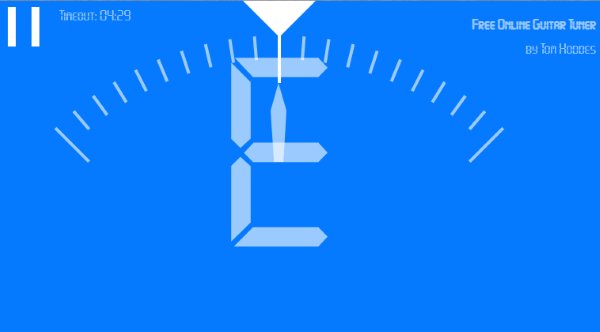
Virtual tuner is an online windows program for tuning a musical instrument, like a guitar. The program detects the frequency being played and displays the results in a frequency meter. It also displays the note closest to the frequency.























